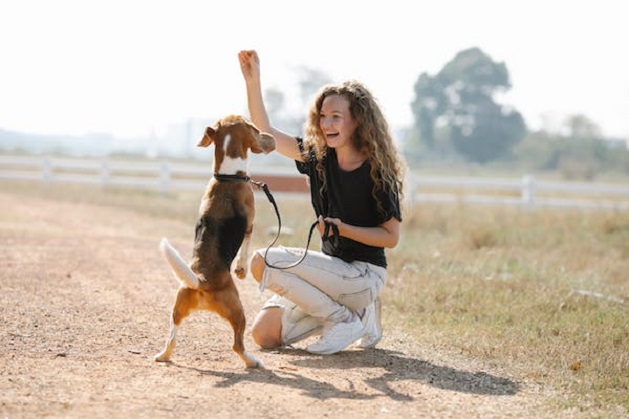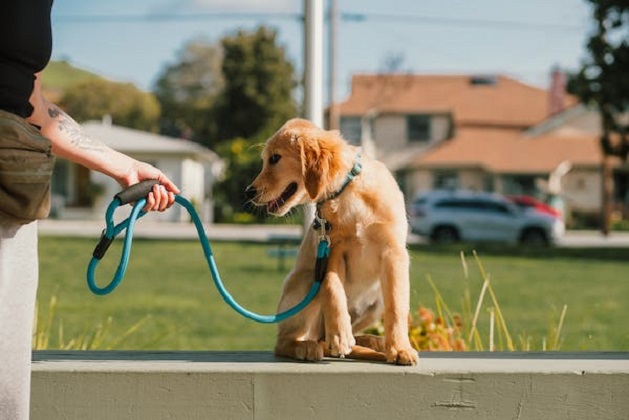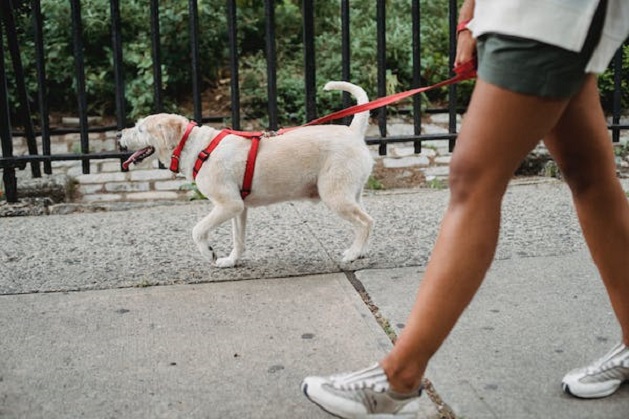When it comes to having a dog, you probably don’t think much about the essential supplies required to have one as you get whatever the vet advises, or you find at the pet shop. One of the afterthoughts is the leash, and yet, it’s one of the most important pieces of equipment you could get for your furry friend, right next to a collar, to ensure it’s happy, healthy, and well taken care of.
There’s more to its purpose than merely being used for walks, given its potential as a training tool when you’re trying to work on a specific skill. And, let’s not forget it also has a role in your pup’s safety, as you get to protect it from traffic or other dogs. Lastly, consider its part in the protection of others too if you’re in the process of correcting your pet’s bad behaviour, like aggressiveness in the form of biting.
Taking all this into account, choosing the right one from an array of dog leashes with all the bells and whistles is a more crucial undertaking than it might seem. Since they range in designs, and sizes, as much as looks and features, you may be asking yourself “What is the best leash for walking a dog?” so you can’t leave out any of these aspects when shopping. Make your purchase hassle-free by focusing on:
Your Dog

After all, it’s your dog that’s going to be wearing it, so the least you can do is add its breed, weight, and strength into the equation. All of this affects the choice you make, specifically the type of leash, the material, and the thickness. The bigger and heavier the dog, the thicker and more durable the leash must be.
In terms of materials, you’d make the most of the strength and durability of nylon and leather, as opposed to the somewhat less durable cotton and rubber. Materials have a say in your personal comfort too, as you need something ergonomic to be able to handle the walks and pulls.
Speaking of which, don’t forget to add yourself, i.e. your strength, in the equation too, since you have to be prepared in terms of leash length for the walks. If you’re dealing with a stronger dog that’s also prone to pulling, a shorter design is the go-to option. This also brings us to the next important tip.
The Leash Control

If you’re new to dog ownership, and you’re dealing with a pup who’s just learning how to walk with a leash, then giving the control some thought is a no-brainer. While the training is still ongoing, it’s better to choose one of the shorter dog leashes to teach your pooch how to behave around town, especially when there are so many distractions around, whether it’s people, other dogs, or objects of interest. Once the dog is well-behaved, you can give it the liberty to walk more independently with a longer leash.
The Leash Type

Knowing a thing or two about the available models can be of help too as you’d know what could be an option and what’s definitely not an option. From standard leashes for dogs ranging from four to eight feet fit for most dogs, to long like those of at least ten feet for the dogs that are allowed to roam more.
There are also the in-between choices, like the retractable design that provides you and your dog with more flexibility as you can control how short or long you want or need it to be. Still, remember it’s not that short of an option like the standard, so this type is best left for the well-behaved calm dogs.
If yours isn’t trained yet for that kind of freedom, they may pull more than allowed which could affect the lock and the handle, pressuring them and as a result causing injuries to the neck. Be sure to train them well before you can step up to the ladder of independence to avoid any trouble or a counter-effect by causing trauma with the bad leash experience.
Next up we have the martingale leash which was originally created for dogs with a specific shape – long neck and smaller head. Nowadays, however, thanks to its combination design of collar and leash, it’s become a popular choice with many dog owners. It’s a safe model as you can tighten it without it pressuring your dog’s neck thanks to the loops.
Another combination design is the slip lead which is unique in the way it functions – it’s meant to tighten with tension and loosen up a bit of the grip when the tension reduces. The best thing about it is you don’t have to get into the dog’s personal space too much to be able to apply and use it. Not surprisingly, it’s the ideal choice for vets, grooming salons, and rescue emergencies.
For the running and hiking adventurers, you might get a hands-free leash instead due to the lesser impact from your hand and arm movement to the dog’s collar. It’s also a great choice if you want to get more versatility with how you can use it on your furry friend.


